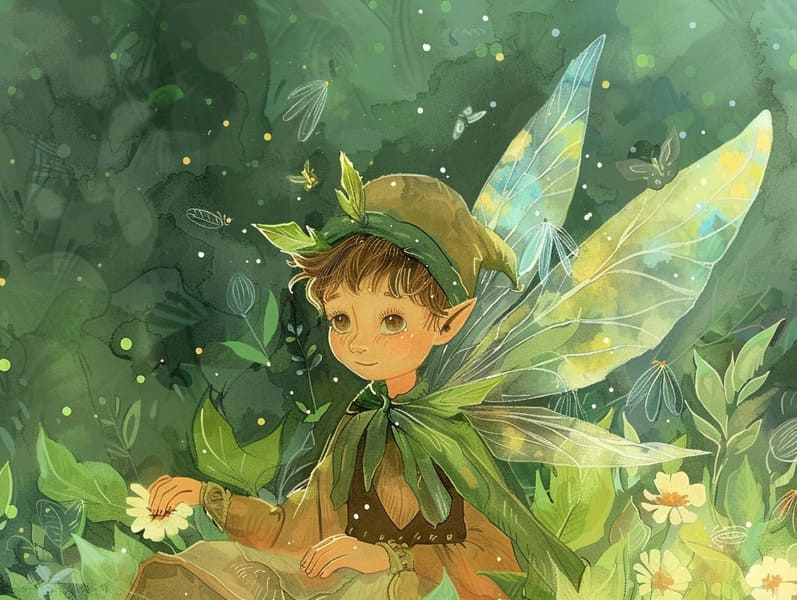The Beginning of Old Fairy Tales and the Unchanging Spell.
The Beginning of Old Fairy Tales and the Unchanging Spell.
Blog Article

Grimm's fairy tales have long histories. These stories have been told from one generation to the next well before they were ever put on paper. They sprang from a variety of backgrounds, including Middle Eastern traditions. They were initially shared among adults, often carrying themes and messages related to the societal norms and beliefs of the time.
Jacob and Wilhelm Grimm, Jacob and Wilhelm, were among the first to gather many of these beloved narratives. Their published works, "Grimm's Fairy Stories," included stories like "The True Bride," "Hansel and Grethel," and "Snow-White and Rose-Red," which have since become essentials in the world of traditional fairy tales. Similarly, the Danish author's charming narratives, such as "The Mermaid's Tale," and "The Duckling that Could," have captured hearts worldwide, ensuring their place in the pantheon of treasured fairy tales.
Though they are old, fairy tales remain as relevant as ever, especially as bedtime stories for kids. These charming stories are now available in numerous formats, including vibrantly illustrated books, fantastical animations, and internet fairy tales.
Their enduring popularity can be traced to several magical reasons:
Ethical Lessons: Classic fairy tales often teach important moral lessons. Narratives like "The Wolf and the Liar" teach the merit of truth, while "The Tale of the Tortoise and the Hare" emphasize the traits of resolve and humbleness. These stories offer kids clear distinctions between truth and falsehood, guiding their moral compass in a soft yet significant way.
Warmth and Understanding: Ancient fairy tales frequently showcase personalities facing challenges and problems, encouraging young readers to relate with their struggles and rally behind their triumphs. For instance, "Beauty and Her Beast" illustrates the virtue of valuing inner qualities to understand the true nature of a soul, enhancing understanding and appreciation.
Cultural Appreciation: Many traditional fairy tales are deeply ingrained in the cultural contexts from which they grew. Reading these fairy tales can provide fascinating glimpses into different societies, cultivating a sense of cultural awareness and understanding.
Imagination and Innovation: The imaginative elements in ancient fairy tales—enchanted forests—invigorate children’s creative minds. These fairy tales guide readers to fantastical realms, unleashing innovative dreams and a sense of enchantment that remains a lifetime.
Old fairy tales are not only charming but also instructive. They serve as bewitching tools in advancing various thinking and feeling skills in young readers. When classic fairy tales are read aloud, they advance language acquisition by showing new lexicon and elaborate sentence structures. This practice also nurtures hearing perception and mental focus, as kids pay close attention, keen to see what happens next.
Furthermore, exploring the themes and characters of traditional fairy tales can develop thinking skills and critical thinking. Children are taught to find patterns, make predictions, and grasp cause and effect. These contemplations also boost young ones communicate their thoughts and feelings, advancing their emotional intelligence.
In today’s electronic age, the presence of internet fairy tales has made these fairy tales more attainable than ever. Web-based platforms and programs give broad selections of old fairy tales that can be viewed or played anytime, anywhere. Fairy tales spoken are particularly common, supplying an fun way for little ones to engage with these captivating stories. Read-aloud stories and voiced videos guide characters and settings to life, often supported by entrancing musical scores and background music that augment the tale journey.
The everlasting appeal of ancient fairy tales lies in their ability to alter to current times while sustaining their core values. Contemporary retellings of these tales often integrate more representative figures and modern settings, making them accessible to today’s audience. However, the essential messages of fearlessness, humanity, and justice remain unchanged, continuing to move young listeners of all ages.
Fairy tales also offer a sense of protection and comprehensibility. They disclose a ordered narrative with a distinct beginning, middle, and end, often winding up with the culmination of conflicts and the triumph of morality over wickedness. This assuredness can be consoling for young readers, rendering a sense of invariability in an fluctuating world.
Timeless fairy tales continue to allure and guide new generations, maintaining their attraction and value in modern society. As nighttime stories for kids, they extend a perfect blend of charm and understanding, furthering moral values, empathy, and creativity. The prevalence of digital fairy tales and the likability of fairy tales spoken confirm that these old fairy tales remain reachable to new generations.
By preserving and passing on these narratives, we continue to treasure the rich tapestry of legends and cultural heritage. Whether you are seeing a artistically illustrated book, accessing a digital library, or listening via an read-aloud book, the allure of traditional fairy tales is always within reach. These fairy tales emphasize of the invariable effect of stories and its ability to draw us together across eras and regions.
Be it you are experiencing a vividly illustrated book, seeing a internet collection, or playing an audio story, the captivation of timeless fairy tales is always within reach.
These check here fairy tales highlight of the endless ability of storytelling and its ability to unify us across epochs and places, establishing a link that fascinates and enlightens alike.